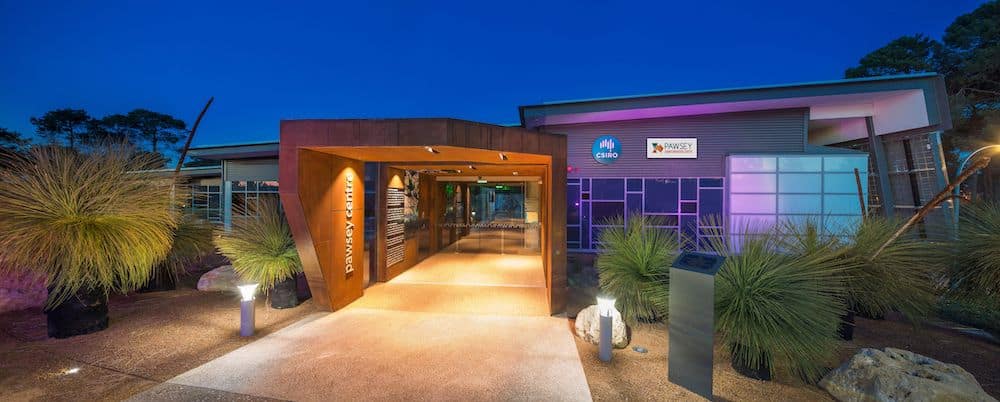The HPC world is always one that’s a little amorphous to me. The workloads and analysis the scientists and researchers use are dramatically different than the garden variety applications we see in the enterprise. As such, these large Supercomputer sites operate differently in a number of ways.
The HPC world is always one that’s a little amorphous to me. The workloads and analysis the scientists and researchers use are dramatically different than the garden variety applications we see in the enterprise. As such, these large Supercomputer sites operate differently in a number of ways.
In this podcast, I talk with a pair of Mark’s (Science Mark and Business Mark) from the Pawsey Supercomputing Centre in Western Australia. They’re making a $70 AUD million (~$50 USD million) investment to bring to life the next generation of their center. The bulk of those funds will go toward the yet-to-be-named Supercomputer itself, an HPE Cray EX powered by more than 200,000 AMD EPYC CPUs. Once complete, this will be Australia’s largest Supercomputer.
When it comes online, the new Supercomputer will offer 30X more compute power and 10X more energy efficiency over their current system. This power is critical in helping advance research in Australia, which is targeted toward a number of areas like astronomy, drug research and maybe even making red wines better. An effort like this requires a lot of moving pieces, however.
Subscribe to our podcast:
Engage with StorageReview
Newsletter | YouTube | LinkedIn | Instagram | Twitter | Facebook | RSS Feed

